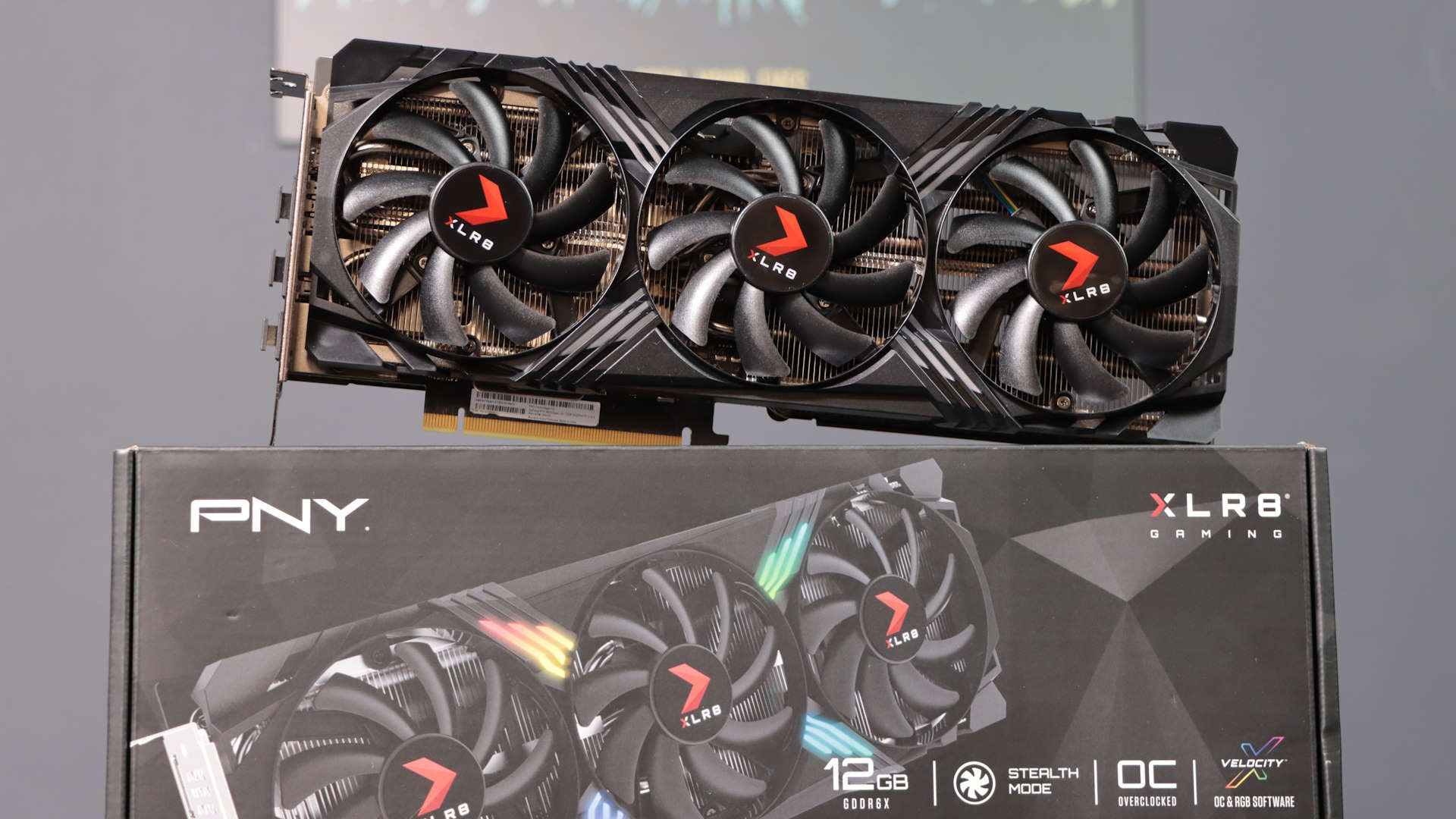
The RTX 4070 Super is the first of Nvidia's refreshed Ada GPUs to hit the market, with another two on the way this month. We've covered the new chip in depth in my Nvidia RTX 4070 Super review of the Founders Edition, but we've also got an overclocked version to play with, here in the shape of the PNY RTX 4070 Super XLR8.
Or, to use its preposterous official title, the PNY GeForce RTX 4070 Super 12GB XLR8 Gaming VERTO EPIC-X RGB Overclocked Triple Fan edition. Yeeeaaaah.
In truth I find factory overclocked versions of standard graphics cards a tricky proposition. A long time ago, in a gaming industry that feels so very far away, they made some sort of sense. Your graphics card had a defined clock speed, and to get anything more than that you'd have to either overclock your card, by getting elbow deep into the settings yourself, or pay the manufacturer to do it at the factory level.
And, sometimes, it was worth the extra money to get that bit of extra performance out of your GPU, where the manufacturer might have a specific cooler, and some special overclocking nouse to really get the most out of the silicon. It would also give you the confidence to maybe take that overclock even further and push a factory overclocked card harder knowing it had the power componentry and cooling to make it all possible.
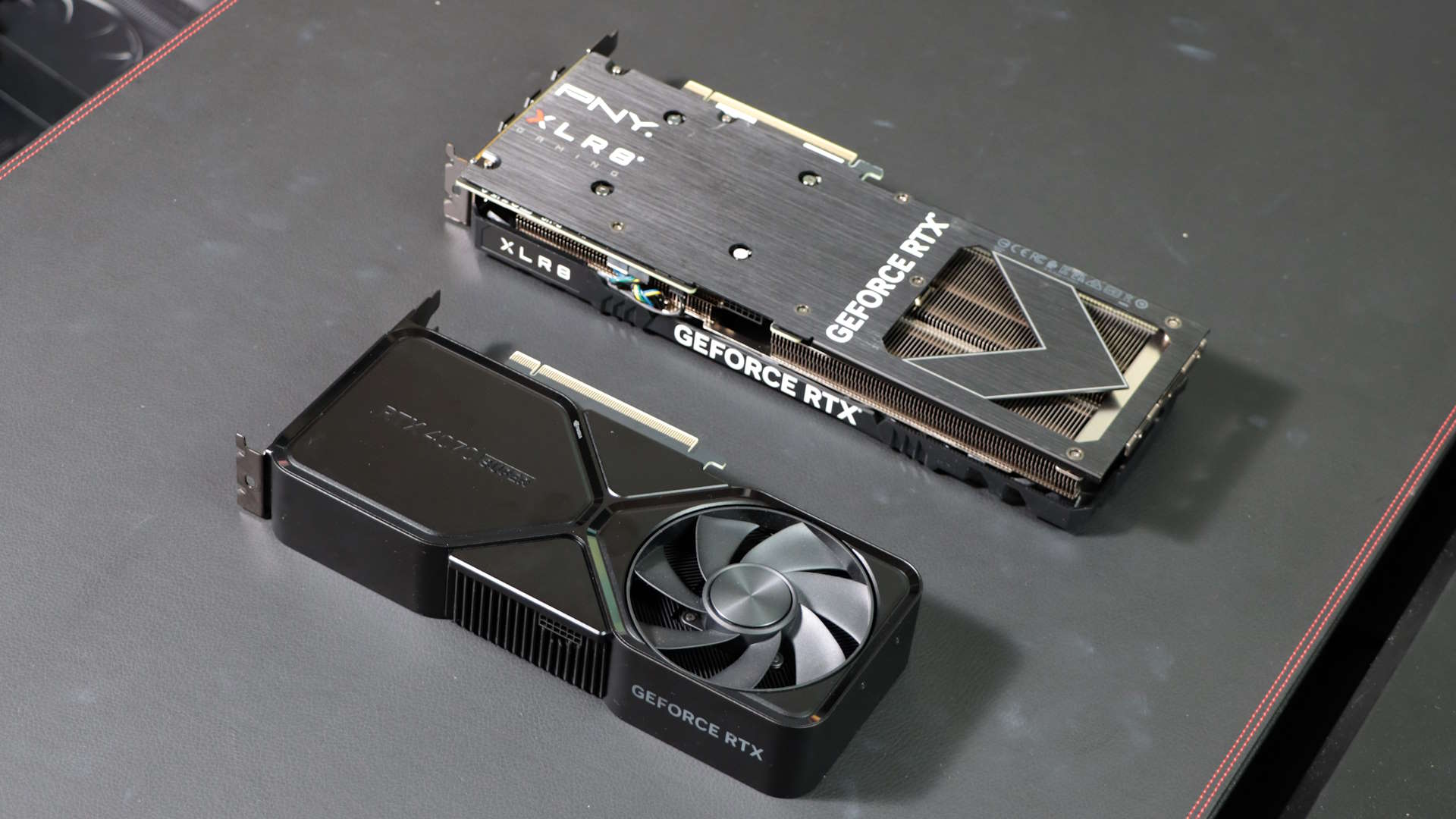
GPU: Nvidia AD104
CUDA cores: 7,168
Lithography: TSMC 4N
L2 cache: 48MB
Boost clock: 2,505MHz
Memory: 12GB GDDR6X
Memory bus: 192-bit
TGP: 220W
Price: ~$230
That's not really a thing now we have dynamic clock speeds, which alter on the fly depending on the cooling or power available to the GPU. You can even dial that in to your particular chip with Nvidia's OC Scanner. That's an automatic feature which tests different power levels to deliver a voltage curve specific to your own silicon.
That all means graphics cards are already essentially pushing themselves towards the limits of what is possible with each GPU and within certain power limits. Which also makes factory overclocked cards an increasing irrelevance. And, honestly, they have been for generations now.
We've covered the RTX 4070 Super's AD104 specs in our main review, but suffice to say you're getting an healthy core count increase—from 5888 to 7168 CUDA cores—and a little extra L2 cache. Aside from that, everything else is essentially the same as the RTX 4070 it's sadly not entirely replacing, meaning 12GB GDDR6X on a 192-bit memory bus, and a boost clock of 2,475MHz. The base clock of the RTX 4070 Super has risen by a nominal 60MHz compared with the reference RTX 4070 GPU, but that is honestly rather irrelevant in the face of dynamic clock speeds.
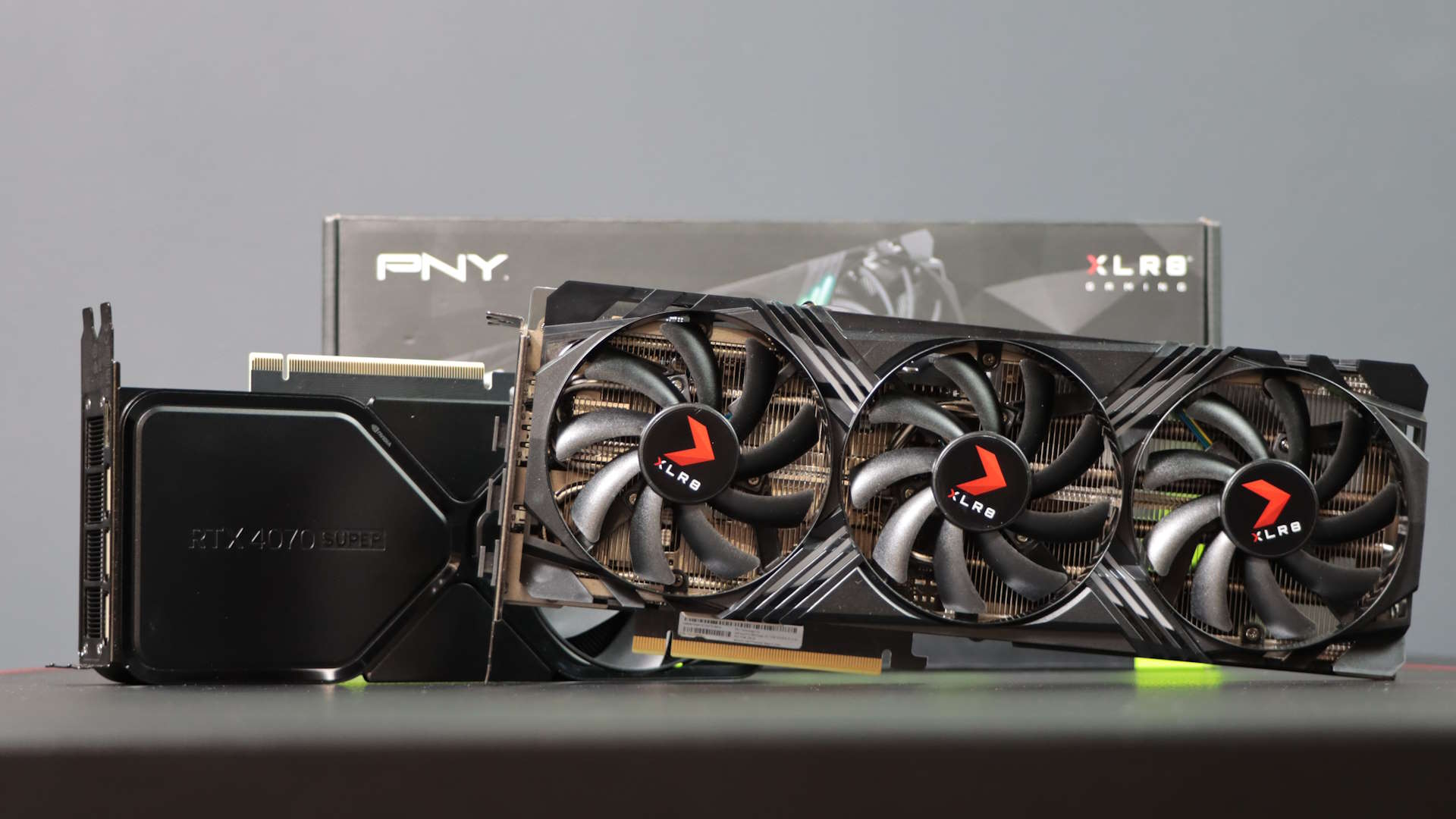
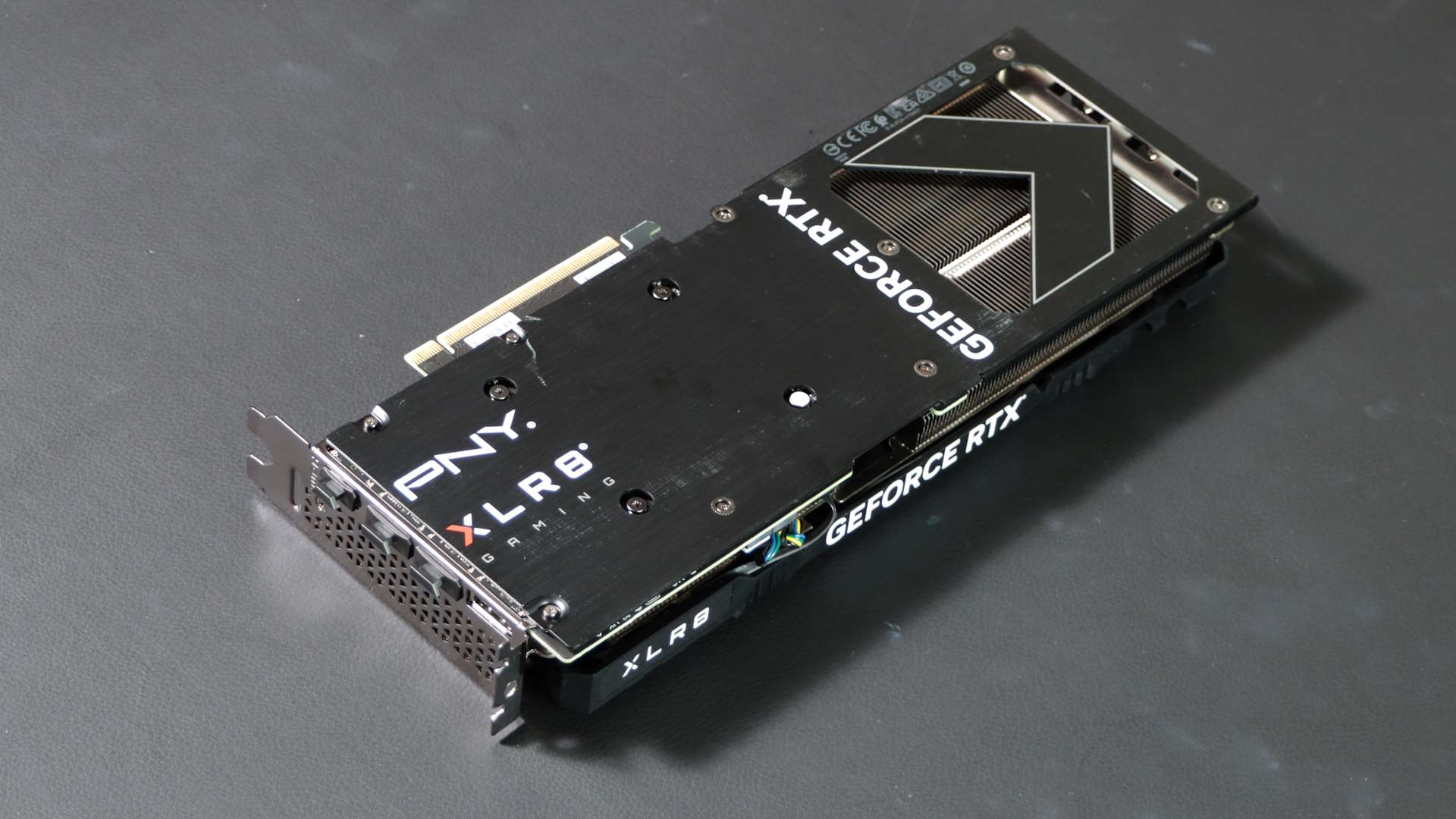

The base clock of this this PNY RTX 4070 Super XLR8 remains the same, at 1,980MHz, but where it differs is in the boost clock. Your factory overclock in this instance is 30MHz. Yes, just 30MHz. That's how it is with factory overclocks these days; so your pricier card has a boost clock of 2,505MHz instead. In dollar terms, it probably works out as about the same increase in price, too. Ahead of launch I don't have final pricing for this model, but looking at other overclocked RTX 4070 Super cards $630 looks quite likely.
So, should you be willing to pay a dollar for each extra MHz added on to your card's boost clock out of the box? Absolutely not. In no way is there any benefit to the end user in paying the extra for a factory overclocked card like this, especially not compared to the lovely-looking Nvidia Founders Edition version.
Gaming performance
GPU performance
Should you be willing to pay a dollar for each extra MHz added on to your card's boost clock out of the box? Absolutely not.
In my own testing the PNY card works out, on average, 3% quicker at 1080p, 0.28% quicker at 1440p, and around 1% slower at 4K. Essentially, it's almost entirely the same performance for your money. But surely it will be cooler and quieter? It's certainly not loud, but I wouldn't say that's any different to the reference version, either. But it is definitely warmer. It's only by a handful of degrees, but the triple-fan PNY cooler is definitely not as efficient at chip chilling as the over-engineered matte black Nvidia shroud.
In short, don't buy the PNY RTX 4070 Super XLR8 expecting to see any performance benefits—whether that's in terms of frame rates, cooling, or noise levels.
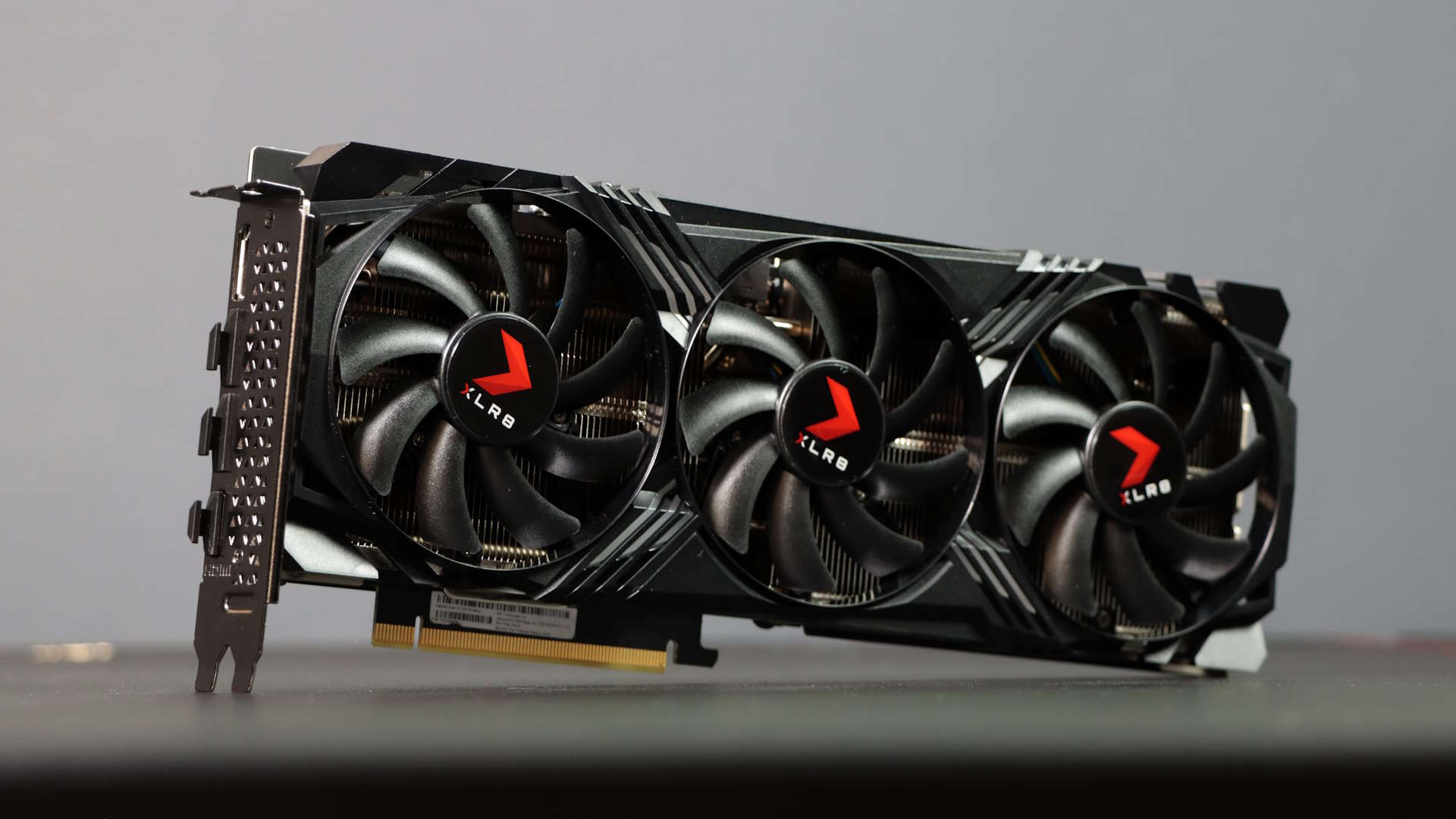
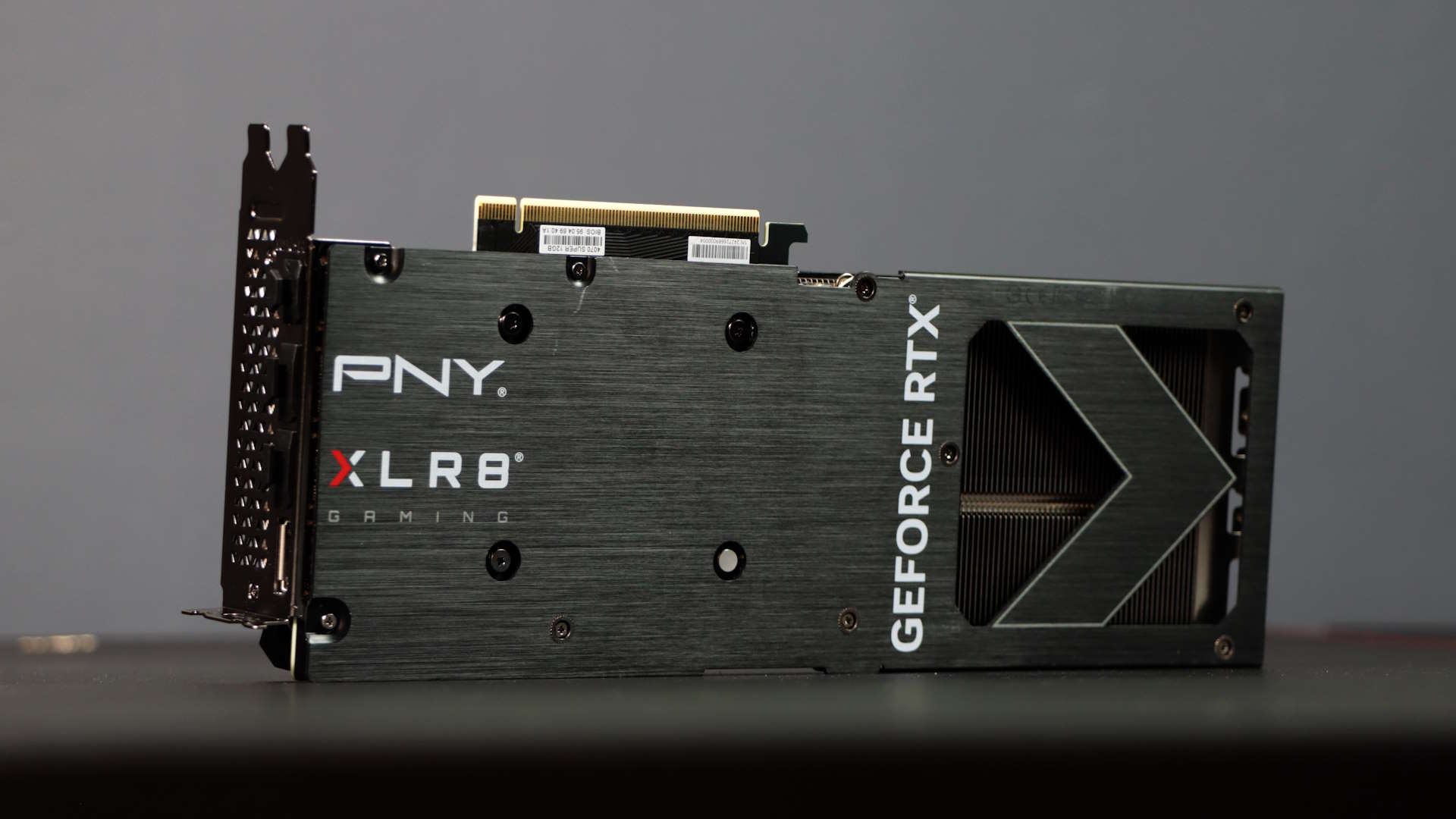
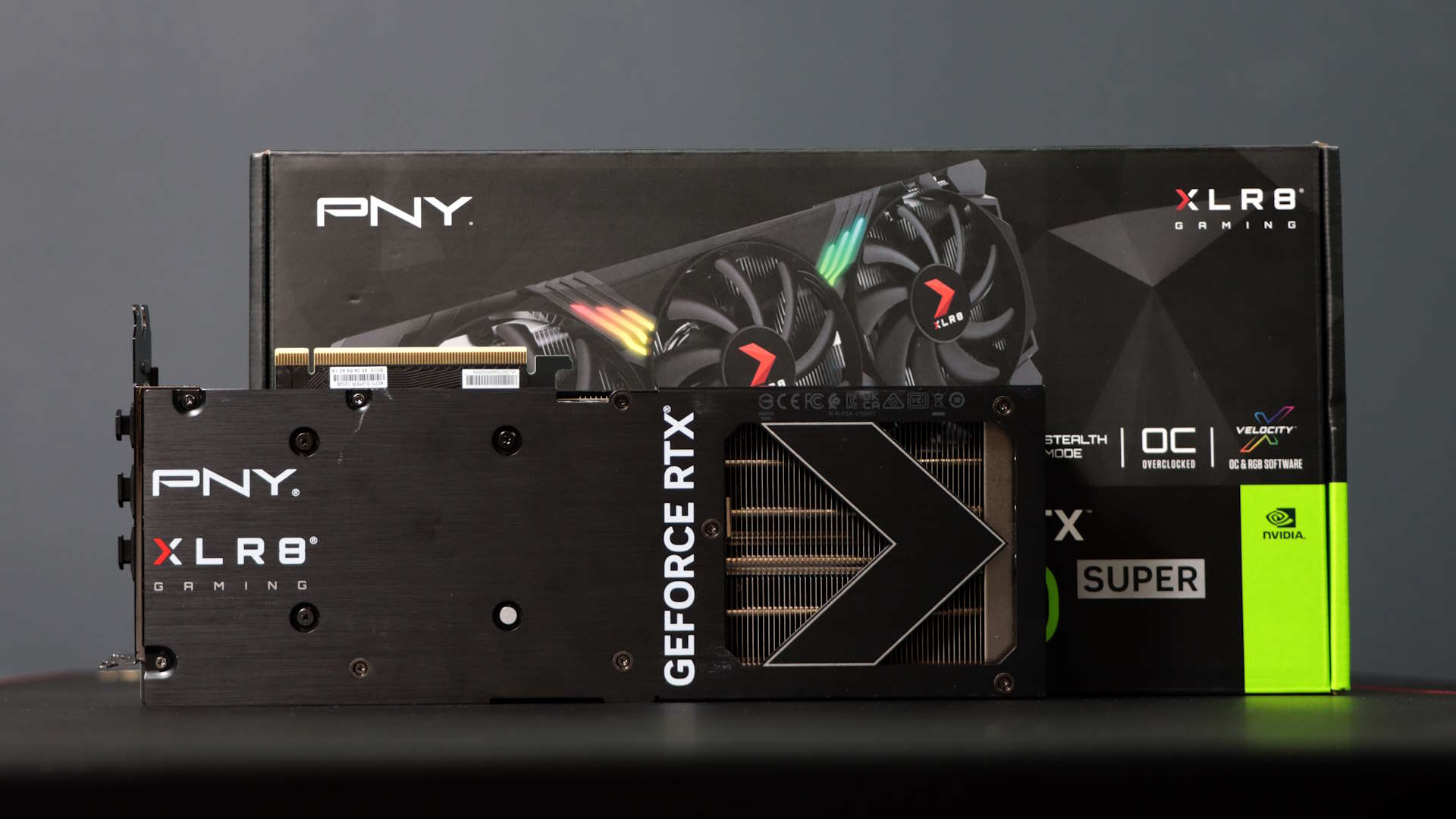
✅ You can neither find a Founders Edition or another MSRP card: Going beyond the $599 MSRP of the RTX 4070 Super gets into expensive territory and makes the old RTX 4070 a very tempting alternative.
❌ You were hoping for higher overclocked performance: While you are getting a higher overall clock speed—we measured an extra 23MHz on average in-game—that doesn't translate into any tangible frame rate boost.
❌ You were expecting a cooler GPU: The Founders Edition shroud from Nvidia is an excellent cooling option, and in fact kept our chip a good few degrees cooler on average and at peak than this triple-fan PNY version.
Our guidance has generally remained the same for all of Nvidia's GPU launches with a Founders Edition card: if you can find one, buy the reference GeForce card every time. They're guaranteed to be sold at MSRP, and they're often some of the most performant versions of the cards, too.
But they do sell out, for that very reason, and so you're often left with a choice of third-party cards. Yet I would still say your best bet is to find a GPU sitting at Nvidia's MSRP rather than spending the extra for the ephemeral benefits of a factory overclocked option.
Spending more than $600 on an RTX 4070 Super is a bit of a hard sell, especially when you have the old RTX 4070 still hanging around at a far cheaper price. When it's near $100 cheaper, and only 10% slower, the older Ada is still a mighty tempting prospect.
If your only option is a $30 more expensive OC version, though, you're not going to suffer by having the PNY RTX 4070 Super XLR8 in your rig. The cooler is still effective and quiet, and the refreshed AD104 GPU is a very impressive slice of graphics silicon, offering gaming performance just shy of an RTX 4070 Ti and, on a generational level, it even outstrips the old RTX 3080 Ti. You get the twin benefits of DLSS and Frame Generation, and it's a supremely efficient graphics card, too.
Just, y'know, don't expect any extra performance from your new card's modest 30MHz overclock.







